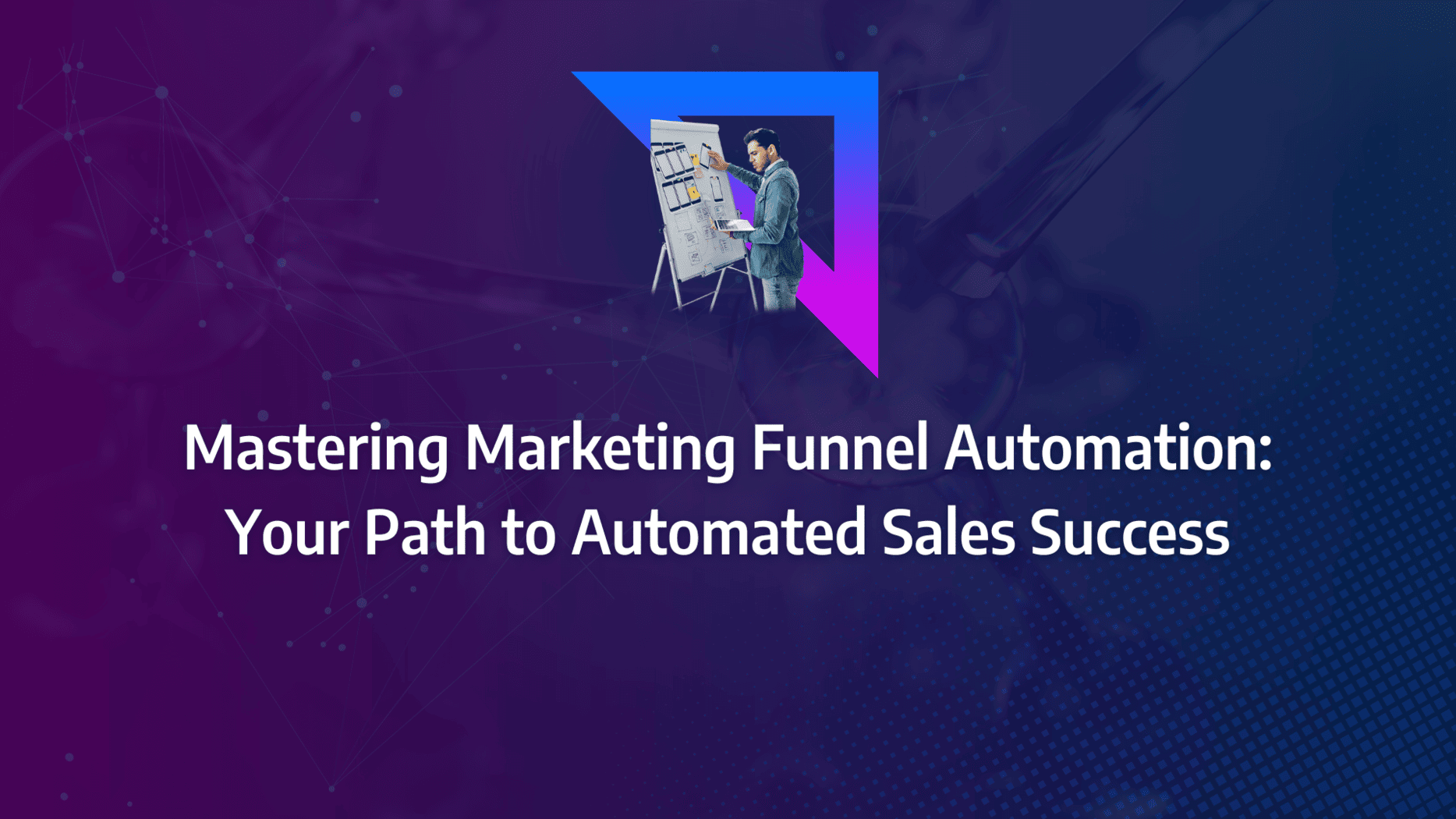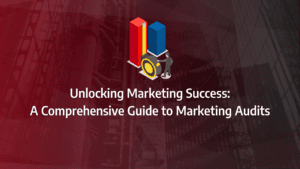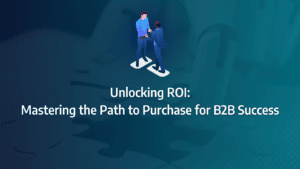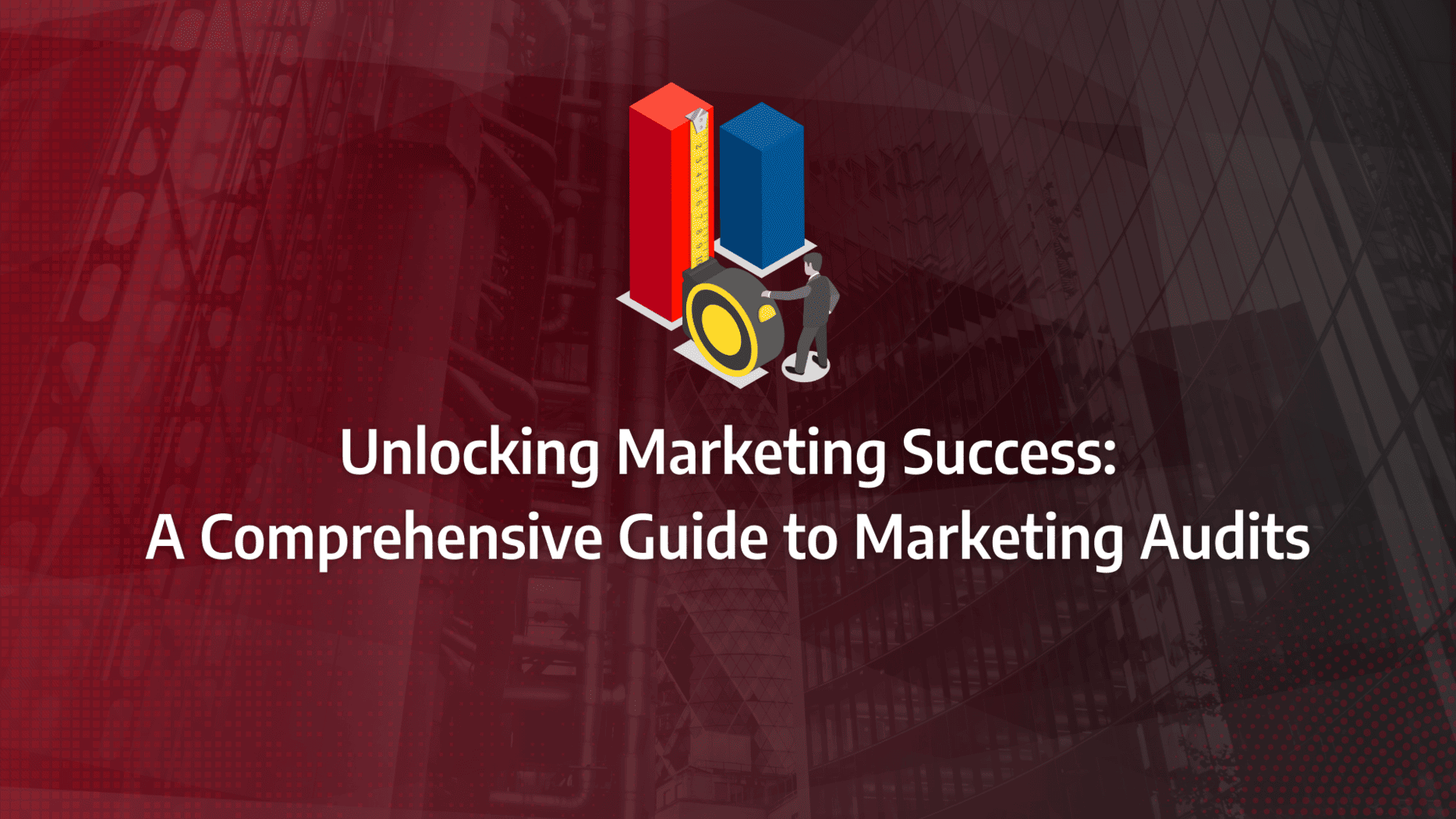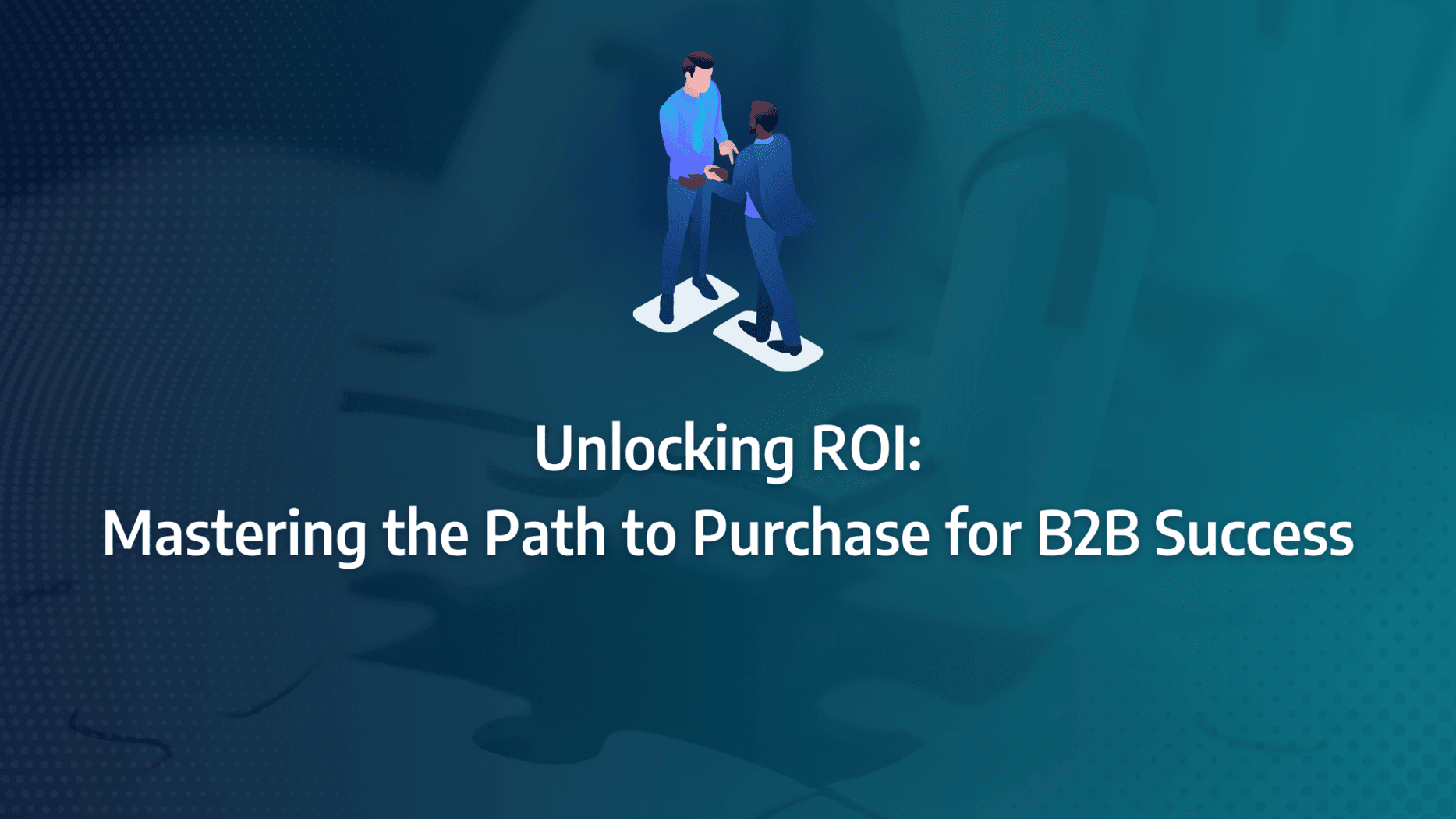The manual management of marketing funnels can feel like an uphill battle. The frustration of juggling countless touchpoints and nurturing leads manually is something many marketers face daily. But what if there was a way to streamline these processes, ensuring that your marketing efforts are both efficient and effective?
By automating your funnels, you can take control of your customer journeys, ensuring that every lead is nurtured with precision and consistency. This guide will walk you through the steps to implement marketing funnel automation, helping you to optimise your strategies, enhance engagement, and ultimately, drive more conversions.
- Automating your marketing funnels can significantly reduce manual workload, allowing you to focus on strategic tasks while ensuring consistent lead nurturing.
- Marketing funnel automation enables you to create personalised customer journeys, improving engagement and increasing the likelihood of conversions.
- Follow a step-by-step approach to implement automation in your marketing funnels, ensuring that each stage of the funnel is optimised for maximum efficiency.
- Leverage automation tools to track and analyse customer behaviour, providing insights that can refine your marketing strategies over time.
- Optimising your marketing funnel through automation can lead to higher ROI, as it ensures that no lead falls through the cracks.
Understanding the Traditional Sales Funnel
A sales funnel is a series of steps that prospects follow before they become customers. However, not all prospects will reach the final step, as many choose to spend their money elsewhere, leading to the funnel’s narrowing effect. Typically, a sales funnel encompasses four key stages: awareness, interest, desire, and action.
Awareness: This is when a potential customer first learns about your product.
Interest: At this stage, the potential customer shows initial interest in your product.
Desire: Here, the potential customer decides they want to purchase your product.
Action: Finally, the potential customer makes the purchase.
Understanding these stages is crucial, but to truly optimise your sales process, we need to delve into the advantages of automating these stages.
Advantages of an Automated Sales Funnel
An automated sales funnel functions seamlessly, converting cold prospects into loyal customers with minimal manual effort.
Free Up Your Time
Why allocate staff to repetitive tasks when marketing funnel automation tools can perform them efficiently? With limited resources, businesses must optimise time for critical activities.
Implementing an automated sales funnel saves time in several ways:
- Paid Advertisements: Automated ads attract new traffic to your business, reducing the effort required to find new leads.
- Content Marketing: Content operates continuously, building trust with your customers around the clock.
- Automated Sales Processes: Automating your pipeline, email follow-ups, and other processes enhances your sales rhythm, qualifies leads, and saves significant time.
- Webinars: These can run automatically, converting sales without needing live participation.
Minimise Expenses and Labour Costs
A significant advantage of automated sales funnels is cost reduction, which boosts your ROI. A higher ROI translates to increased profit margins over time.
Enhance Data Points
Sales funnel automation allows you to spend more time analysing sales and marketing data, identifying, and addressing weaknesses in your funnel automation. By targeting and improving these areas, you can enhance overall funnel performance.
What Matters Most?
From our experience, successful marketing funnel automation hinges on a deep understanding of the customer journey. Clients often discover that personalising content delivery significantly enhances engagement and conversion rates. Typically, integrating data analytics allows for continuous refinement of automation workflows based on real-time user behaviour, which is crucial for optimising the overall experience. Furthermore, fostering strong alignment between marketing and sales teams ensures seamless transitions as prospects move through the funnel, creating a cohesive and customer-centric approach that drives long-term success.Get In Touch
How can I effectively implement my automated sales funnel?
Conduct Thorough Market Research
Before you begin building your automated sales funnel, it’s essential to have a deep understanding of your target audience and the solutions they need. Achieving a clear product-market fit is crucial; without it, even the best sales funnel automation will not deliver the desired outcomes. As Julee Klein Marketing advises, “Approach each customer with the idea of helping them solve a problem or achieve a goal, not of selling a product or service.”
Market research provides critical insights into several key areas:
- Demand: Is there a genuine need for your product or service?
- Market Size: How many people are interested in what you offer?
- Location: Which geographical areas are best suited for your product or service?
- Pricing: What is the typical price range for offerings similar to yours?
- Economic Indicators: Do your ideal customers have the financial capacity to afford your product?
- Market Saturation: How competitive is your industry?
Two primary types of research can help you gather this information:
- Primary Research: Collecting data directly from sources, such as surveys, interviews, and focus groups.
- Secondary Research: Using existing public data, such as industry reports, market analyses, and academic studies.
By conducting thorough market research, you can ensure your automated sales funnel is tailored to meet the needs and preferences of your target audience, ultimately leading to better engagement and higher conversion rates.
Select an Automation Software
To achieve effective sales funnel automation, selecting a robust CRM is essential. A good CRM does more than just store contact information; it tracks lead behaviours, monitors engagement, and creates segmented lists of users with similar characteristics.
Additionally, you need a marketing automation tool capable of creating automated sales funnels. These tools enable you to send a series of messages, typically via email, automatically to users in your database.
For example, all-in-one CRMs like VipeCloud can manage both CRM and email marketing tasks within a single system. Although various tools might use terms like “drips” or “workflows,” they essentially refer to the ability to send automated messages without manual intervention.
Ideally, your CRM and email marketing tool should integrate seamlessly, or better yet, operate within the same ecosystem. This integration is more cost-effective and enhances the efficiency of your campaigns. Moreover, the right CRM and marketing automation tool will offer robust reporting functionalities, allowing you to monitor progress, understand lead behaviour, and continuously improve your campaigns.
Source: Hubspot
Create a Lead Magnet
At this stage, your marketing skills must shine. The objective is to create compelling lead magnets that attract and engage potential customers, effectively sticking them to your brand. Lead magnets should offer immediate value, such as a mini-course addressing a specific problem or a cheat sheet with insider tips.
Consider your audience’s perspective and create a variety of offerings:
- Free Products: Offer valuable resources at no cost.
- Low-Cost Items: Sell something under £20 to establish a transactional relationship.
- Mid to High-End Products: Provide higher-value products at a discount, available only during the sign-up process.
These lead magnets can be derived from PLR products, existing blog content, podcasts, or custom content created by freelancers.
Select an Opt-In Form or Landing Page Tool
With a myriad of choices available, you can automate your sales funnel by selecting the right opt-in form or landing page tool that aligns with your outreach strategy. Given the content you’ve been sharing, you likely have a substantial following on social media. Utilise social media advertisements or opt-in links to direct followers to your website, where they can access your lead magnet offering. If you have a large email list, regularly update them on your offerings and include your link.
Your opt-in page should request an email address in exchange for access to the product. Additionally, set up at least two tripwires to attempt upselling while the consumer is engaged. Once someone requests your offer, ensure you have a sequence of emails ready, including a thank you email, an introductory email, an FAQ email, a soft offer email, and updates on future offerings.
What challenges should I expect when automating my sales funnel?
1. Complexity of Implementation
One significant challenge in using marketing funnel automation tools for sales funnel optimisation is the complexity of implementation. Setting up automation workflows, integrating various systems, and ensuring data accuracy can be daunting tasks. A deep understanding of the tools and underlying processes is essential for effective implementation.
Source: MarketingCharts
2. Lack of Personalisation
While sales funnel automation can streamline the optimisation process, it sometimes lacks the personal touch necessary for building strong customer relationships. Automated emails and messages may feel impersonal, leading to lower engagement and conversion rates. To counter this, marketers should incorporate personalisation techniques, such as dynamic content and tailored recommendations, into their automated campaigns.
3. Data Quality and Integration
Marketing funnel automation heavily relies on accurate and up-to-date data to deliver personalised and targeted messages. However, maintaining data quality and integrating multiple data sources can pose significant challenges. Incomplete or incorrect data can lead to ineffective automation campaigns and hinder sales funnel optimisation. Marketers should invest in robust data management strategies and regularly audit their data sources to ensure accuracy and consistency.
4. Tracking Performance Metrics Accurately
Tactics that deliver results today might become obsolete tomorrow. Hence, tracking your return on investment (ROI) is crucial for optimising your sales funnel. But are your ROIs trackable and traceable?
Solution: Before measuring ROIs, determine the Key Performance Indicators (KPIs) and goals you wish to track. This ensures your efforts are paying off and allows you to plan future revenue goals accordingly. Focus on these metrics:
- Click-through rates
- Website visits
- New leads acquired
- Website bounce rate
- Cost per conversion
- Search rankings
Our Tactical Recommendations
Effective marketing funnel automation combines personalisation and data-driven insights. Segmenting audiences enables tailored automation flows that address specific needs, greatly improving conversion potential. We typically recommend utilising retargeting strategies to re-engage leads who have shown interest but haven’t converted, maximising outreach effectiveness. Additionally, implementing automated follow-up reminders helps ensure no prospect slips through the cracks, enhancing the nurturing process and leading to higher conversion rates. These tactical steps can significantly elevate your funnel’s performance.Get In Touch
Which tools are best for optimising my sales funnel automation?
Zendesk Sell
Zendesk Sell is a powerful CRM platform designed to streamline the entire sales funnel automation process. This tool ensures a smooth and profitable customer journey by offering intuitive lead tracking, landing page builders, web forms, and automated lead scoring. Zendesk’s easy-to-use contact management system simplifies access to customer data, handling large volumes of potential buyers and generating precise, real-time reports to measure your business’s health.
Leadpages
Leadpages is a no-code landing page builder perfect for expanding your email subscriber list and creating high-converting marketing pages. It offers real-time tracking, allowing users to effortlessly monitor performance. The Drag & Drop Builder lets you customise premade templates and includes a suite of tools for creating checkout forms, pop-ups, alert bars, and conducting A/B testing to optimise conversions.
Drift
Drift leverages Conversational Marketing and Sales to speed up conversion rates. This tool shortens the sales cycle by offering personalised experiences for your customers, enhancing brand engagement. Drift enables the creation of hyper-personalised messaging for website visitors, capturing potential customers at their moments of peak interest.
HubSpot
The HubSpot Growth Platform is renowned for its comprehensive suite of tools designed to build and maintain an effective sales process. It includes traditional sales funnel tools such as landing page templates, content offer infrastructure, and email automation. HubSpot’s platform integrates marketing, sales, and service needs with an exceptional CRM at its core, making it an invaluable resource for attracting, engaging, delighting, and retaining customers.
